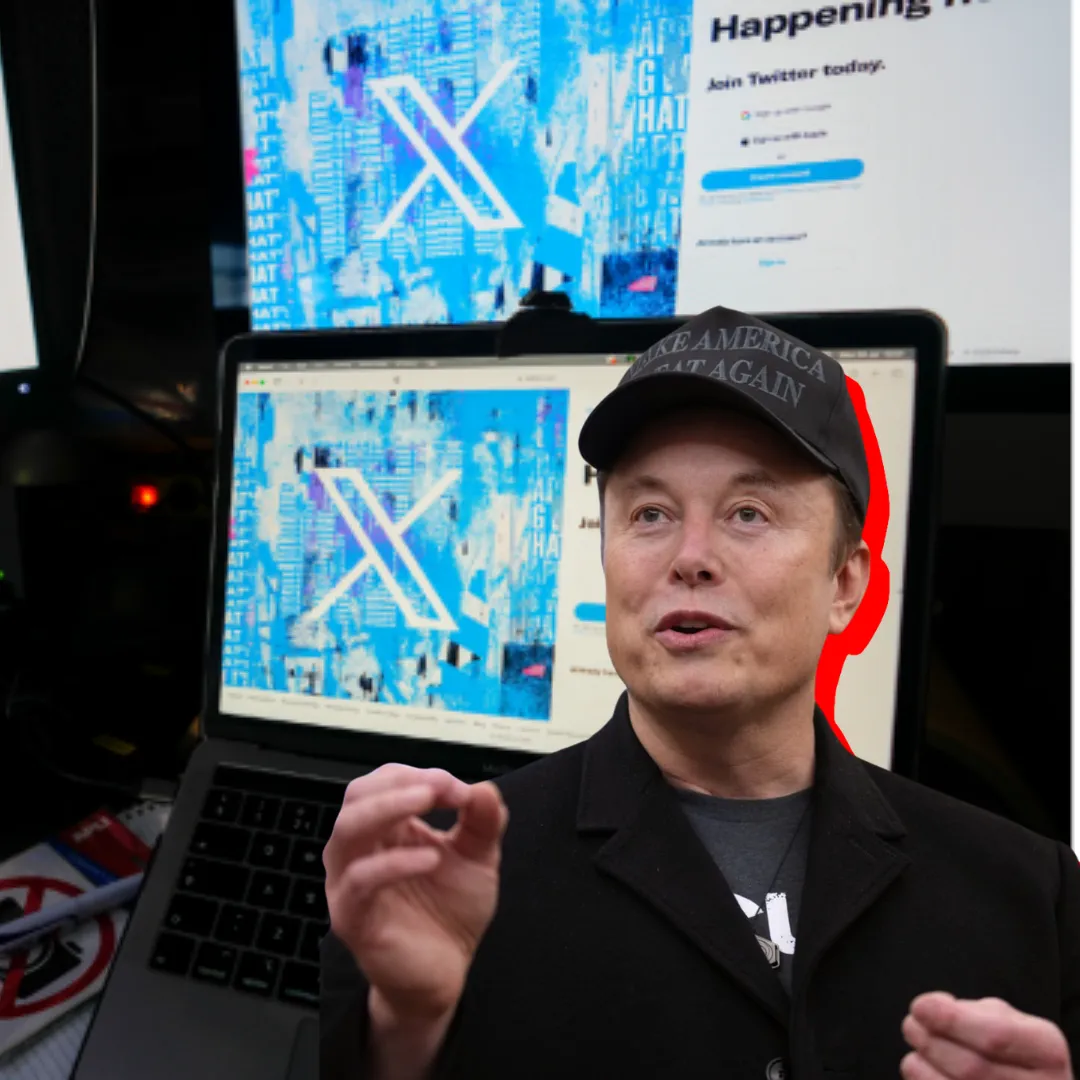Elon Musk’s $10,000,000,000 Starship Fails Again Mid-Flight

Elon Musk’s grand ambition to conquer space with the world’s most powerful rocket took another hit on Tuesday evening as the Starship rocket suffered a devastating loss of control during its ninth launch attempt.
The massive, multi-billion-dollar spacecraft lifted off from SpaceX’s Boca Chica launch site in Texas with global attention fixed on what Musk has consistently promoted as the future of space travel, colonization of Mars, and deep-space cargo transport.
However, the excitement quickly turned into a familiar spectacle of concern and disappointment when, following separation from its booster stage, the Starship began behaving erratically and eventually lost all contact with mission control.
The flight, which lasted less than an hour, concluded with SpaceX commentators admitting that a controlled landing was unlikely due to an unexpected leak that occurred during critical maneuvers.
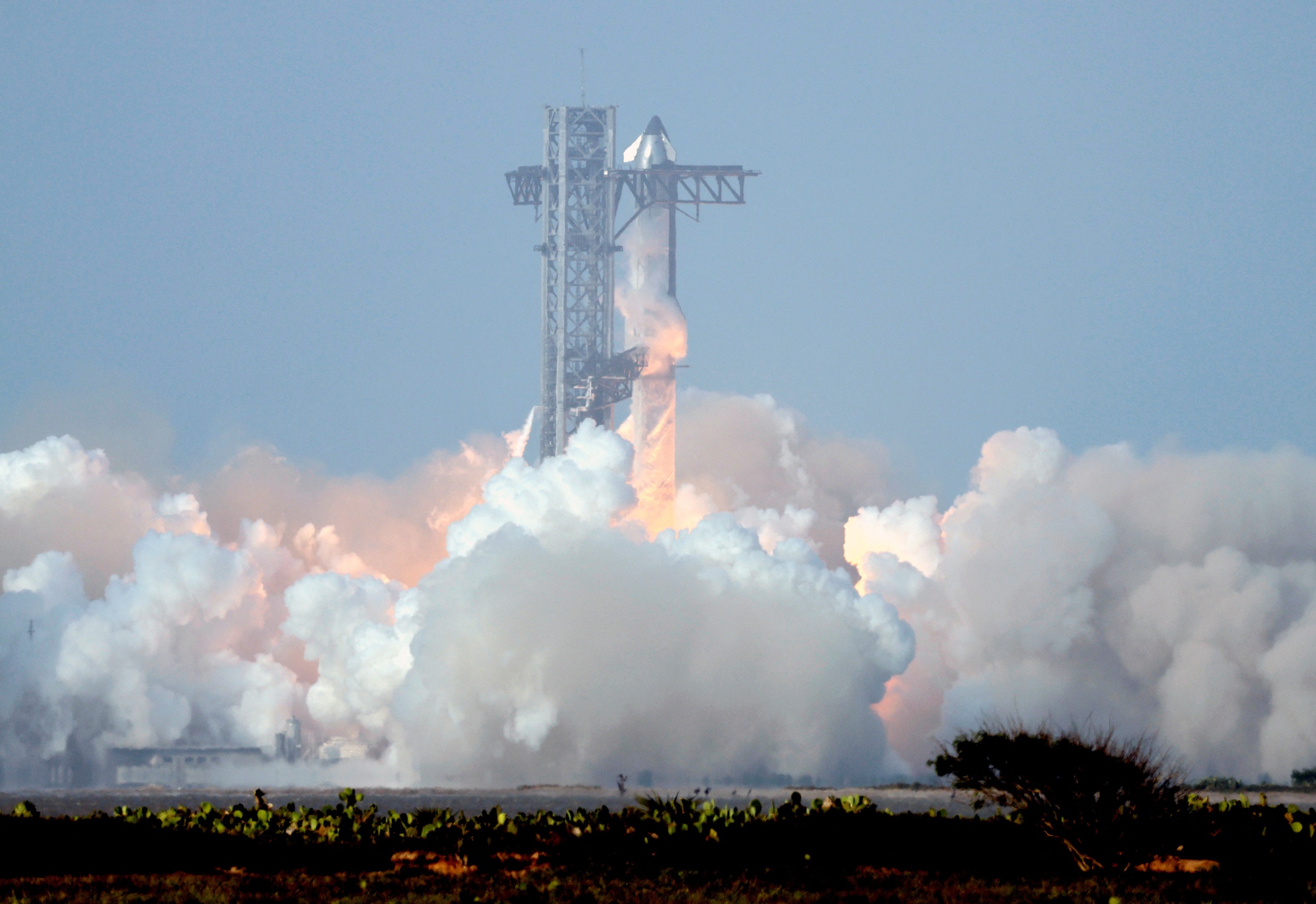
Starship, which has already consumed more than $10 billion in development costs, has now seen multiple failed test flights within just the past year. Tuesday's failure mirrors issues encountered during the third test flight, raising questions about systemic flaws in the rocket’s design or quality control protocols. In fact, the Starship’s performance trajectory has increasingly turned from awe-inspiring to concerning.
Its recent history includes explosive failures above the Caribbean during previous flights, where debris rained down over the Turks and Caicos islands, prompting commercial aircraft in the area to make emergency path changes. These failures are not just technological hiccups; they are high-profile embarrassments that test the credibility of Musk’s grand vision for space.
The Starship rocket is unlike anything built before. Standing taller than the Statue of Liberty and equipped with 33 engines in its lower stage—dubbed Super Heavy—the launch vehicle is designed to push massive payloads beyond Earth’s orbit.
The goal is to eventually carry satellites, astronauts, and even the first humans to Mars. On Tuesday, Super Heavy once again demonstrated raw lifting power as it propelled Starship into the upper atmosphere. After separation, Starship ignited its six secondary engines and began its brief orbit around the planet.
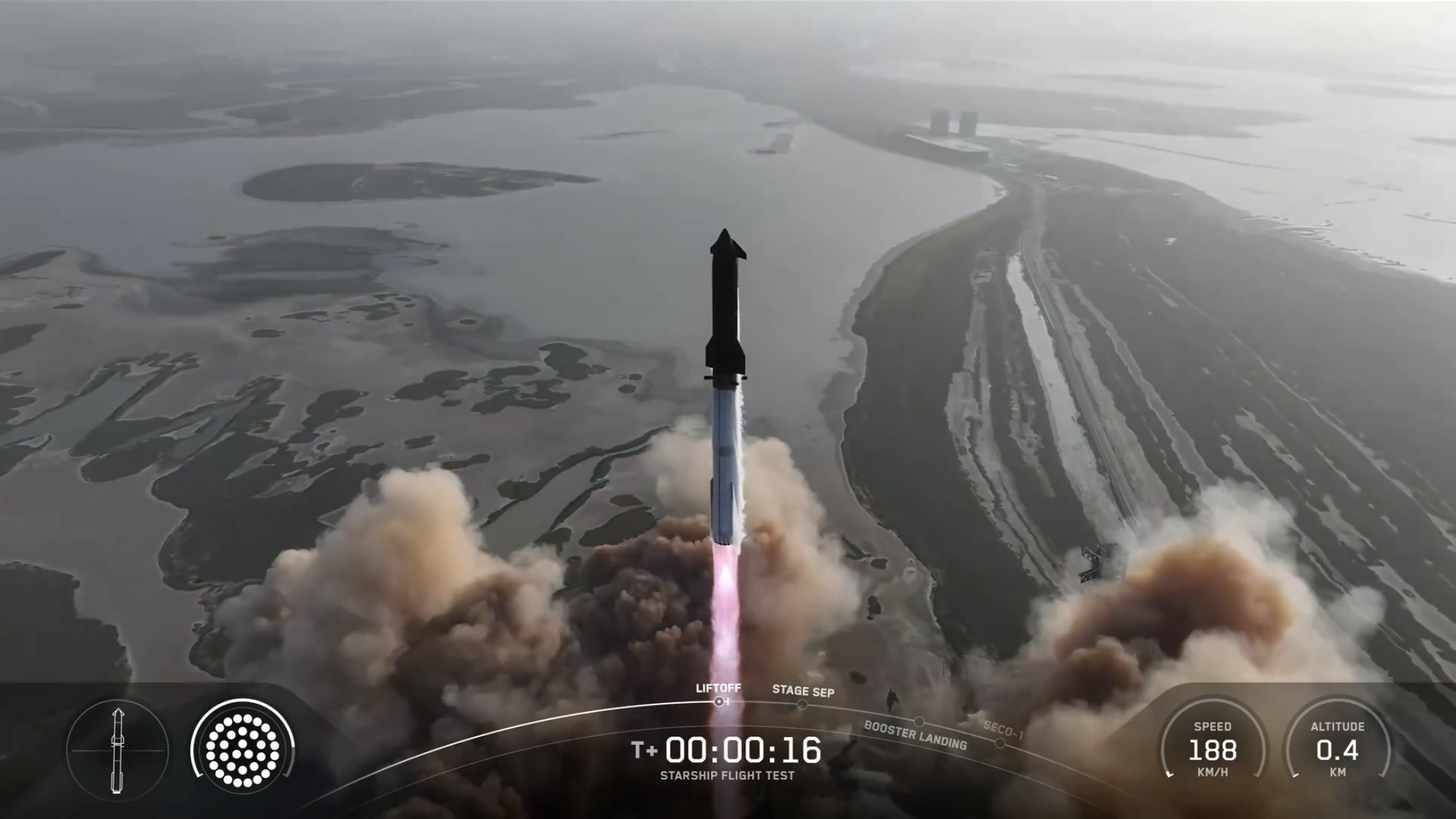
SpaceX had planned for a series of onboard tests and the deployment of several dummy satellites during this flight. However, the mission began to unravel when one of the spacecraft's access doors failed to open, suggesting potential mechanical or software malfunctions that could signal larger system vulnerabilities.
Viewers watching the live stream were left in suspense when SpaceX announcers suddenly lost contact with Starship mid-orbit. Their final update mentioned the loss of control, with expectations that the spacecraft would land in an uncontrolled, disoriented posture somewhere over the ocean.
The landing was already planned to be experimental, as SpaceX had intended to disable one of the booster’s three central engines deliberately, to evaluate the rocket’s capacity to compensate with its remaining engines. The test was part of a broader investigation into how Starship can perform under suboptimal conditions, but the unplanned leak rendered the entire exercise moot.
The implications of the repeated failures are considerable. Starship has now completed three similar flight attempts, none of which managed to progress beyond North America successfully. Each one ended prematurely, with explosions occurring minutes after liftoff.

These catastrophic failures have prompted questions about whether SpaceX is moving too quickly, prioritizing ambition over engineering caution. Musk’s fast-paced, high-risk development model may be innovative, but when billions of dollars and the future of human space travel are at stake, critics argue that it comes dangerously close to recklessness.
Adding to the controversy is the environmental footprint of the Starship program. The launchpad in Boca Chica is situated near a state park and federally protected wildlife reserve.
Environmental advocates have long warned that repeated test launches could inflict irreversible damage to local ecosystems. These concerns are not unfounded. According to documents from the Environmental Protection Agency and the Texas Commission on Environmental Quality, SpaceX has violated the Clean Water Act by releasing tens of thousands of gallons of contaminated water into the local environment.
Last year, the company was fined $150,000 for those violations, but environmental groups argue that the fine is minuscule compared to the damage inflicted and the billions being spent on rocket development.
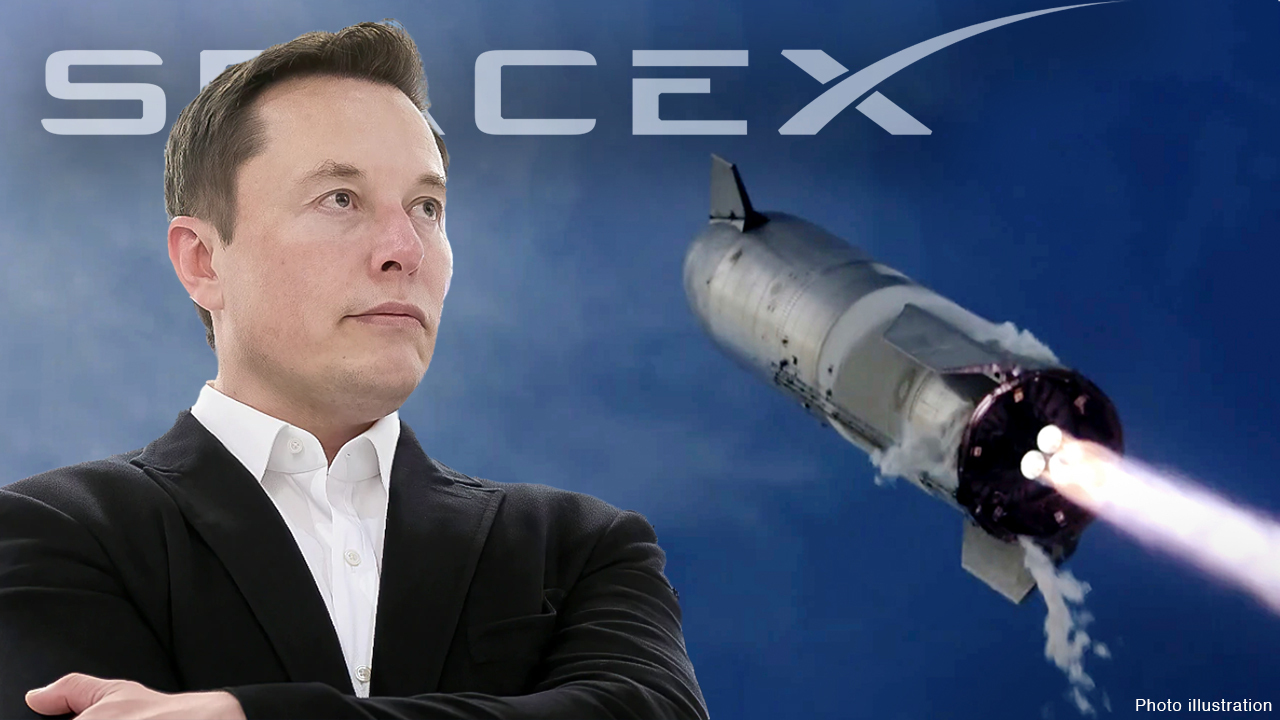
A separate report by the Coastal Bend Bays & Estuaries Program detailed how the launches have directly destroyed nesting grounds for several vulnerable shorebird species, creating an ecological crisis in the area.
Despite these revelations, Musk’s SpaceX has shown no signs of slowing down. The company maintains that each failure brings engineers closer to solving the immense technical challenges that come with building a fully reusable orbital-class rocket.
SpaceX has provided some technical explanations for the continued failures. The January flight was reportedly derailed by a “harmonic response” in the propulsion system, far more intense than anything observed during ground testing.
This caused increased stress on various hardware components, leading to cascading malfunctions. The March failure involved a hardware issue directly above one of the six main engines, which triggered an onboard fire.

SpaceX insists that although both incidents occurred at similar points in the mission timeline, they were caused by entirely different technical problems. Still, such repeated breakdowns in critical systems suggest the need for deeper scrutiny and a more cautious approach.
The emotional and financial stakes are enormous. Starship is not just another spacecraft. It is the cornerstone of Musk’s most ambitious dreams—from launching satellites for global internet coverage to establishing a permanent human presence on Mars.
The rocket’s success is intimately tied to NASA’s Artemis program as well, which has awarded SpaceX a multibillion-dollar contract to use Starship as a lunar lander. Every failed test puts timelines in jeopardy, strains investor confidence, and raises public skepticism.
Musk himself has publicly defended the strategy of rapid prototyping, arguing that each launch—even failed ones—generates invaluable data that will accelerate development.

But as test failures stack up, some within the aerospace industry are beginning to question whether this method is sustainable for such a complex system. With national space policy, private investment, and planetary exploration on the line, the margin for error becomes narrower with each attempt.
Public reaction to Tuesday’s failed test was mixed. While SpaceX loyalists praised the company’s persistence and transparency, others expressed frustration that after so many launches and so much funding, basic control and mechanical reliability remain elusive.
Analysts are warning that if the next few launches do not demonstrate significant improvements, regulatory agencies and government partners may begin to reevaluate their support.
As of now, SpaceX has not announced a timeline for the next Starship test. Engineers are expected to conduct a full post-mortem analysis on the latest incident, focusing on the source of the leak and the unexplained communication failure.

Meanwhile, environmental groups are preparing new legal challenges to halt future launches until stricter protections are put in place. The FAA may also weigh in with more stringent oversight, especially as the risk of unintended consequences continues to grow.
In the larger narrative of space exploration, Tuesday’s failed Starship test flight serves as a sobering reminder of the immense complexity and risk inherent in pushing the boundaries of science and engineering.
Elon Musk may still be convinced that the path to Mars runs through Boca Chica, but if Starship keeps tumbling from the skies, he might find that even his most devoted followers begin to lose faith. The rocket may be the most powerful ever built, but unless it can fly reliably, it may end up as little more than a monument to ambition outpacing execution.
Related articles
The Latest
Elon Musk Too Cowardly to Face Ex-Girlfriend Ashley St. Clair in Courtroom Custody Battle
In a stunning twist that has gripped headlines and ignited controversy, Elon Musk—the billionaire tech mogul behind Tesla, SpaceX, and the now-infamous Department of Government Efficiency—chose not to face the mother of his alleged child, Ashley St. Clair, directly in ...
Elon Musk’s Ex Grimes Forced to Issue Shocking Statement Amid Explosive Family Crisis with the Billionaire
In a stunning move that has left fans bewildered and deeply concerned, Claire Boucher—better known to the world as Grimes—has canceled her anticipated Pride Month performance at the World Pride Festival in Washington D.C., citing unresolved “family issues.” But beneath ...
Elon Musk Erupts in Furious Rebuttal After Being Accused of Causing 300,000 Deaths Including 200,000 Children
In what may be the most explosive backlash of his career, Elon Musk has erupted in fury after being accused of global mass death on a scale that dwarfs even his most controversial business decisions. The accusation, leveled by longtime ...
Stephen Miller Faces Questions on Musk’s Drug Use Amid Wife’s New Job
Stephen Miller, one of President Donald Trump’s top advisers, recently found himself on the defensive as questions about Elon Musk’s drug use during the 2024 campaign arose. On Friday, CNN's Pamela Brown pressed Miller about whether there had been any ...
Elon Musk Branded a Global Executioner by NYT over 300,000 Deaths in Four Months
A firestorm has erupted in the wake of comments made by New York Times columnist David Brooks, who accused Elon Musk of indirectly causing the deaths of 300,000 people globally since President Donald Trump took office. The staggering allegation centers ...
-1748662284-q80.webp) “Anyone Who Wants My Baby Can Come Get My Sperm!” – Elon Musk Sparks Global Frenzy With Bizarre Offer
“Anyone Who Wants My Baby Can Come Get My Sperm!” – Elon Musk Sparks Global Frenzy With Bizarre Offer Elon Musk Reveals to Tesla Investors: Stock Could Skyrocket by 1,300%
Elon Musk Reveals to Tesla Investors: Stock Could Skyrocket by 1,300%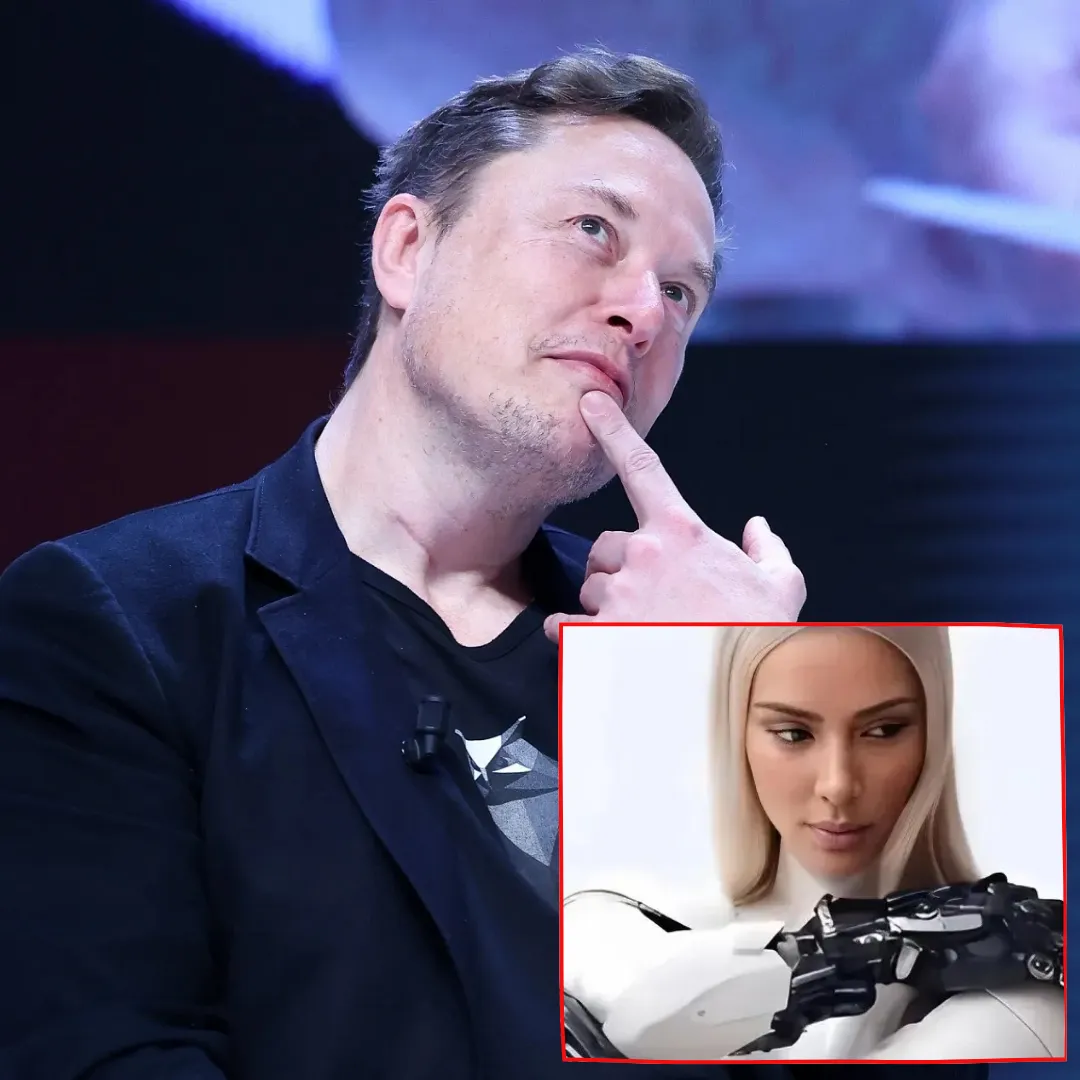 Elon Musk’s Kim Kardashian Robot: A Branding Stunt or Genuine Innovation?
Elon Musk’s Kim Kardashian Robot: A Branding Stunt or Genuine Innovation?-1748253870-q80.webp) Bill Gates warns that AI will replace 100% of humans by 2030, leaving 100000000000000000 people unemployed
Bill Gates warns that AI will replace 100% of humans by 2030, leaving 100000000000000000 people unemployed-1748839461-q80.webp)
-1748838237-q80.webp)
-1748836218-q80.webp)

-1748834769-q80.webp)

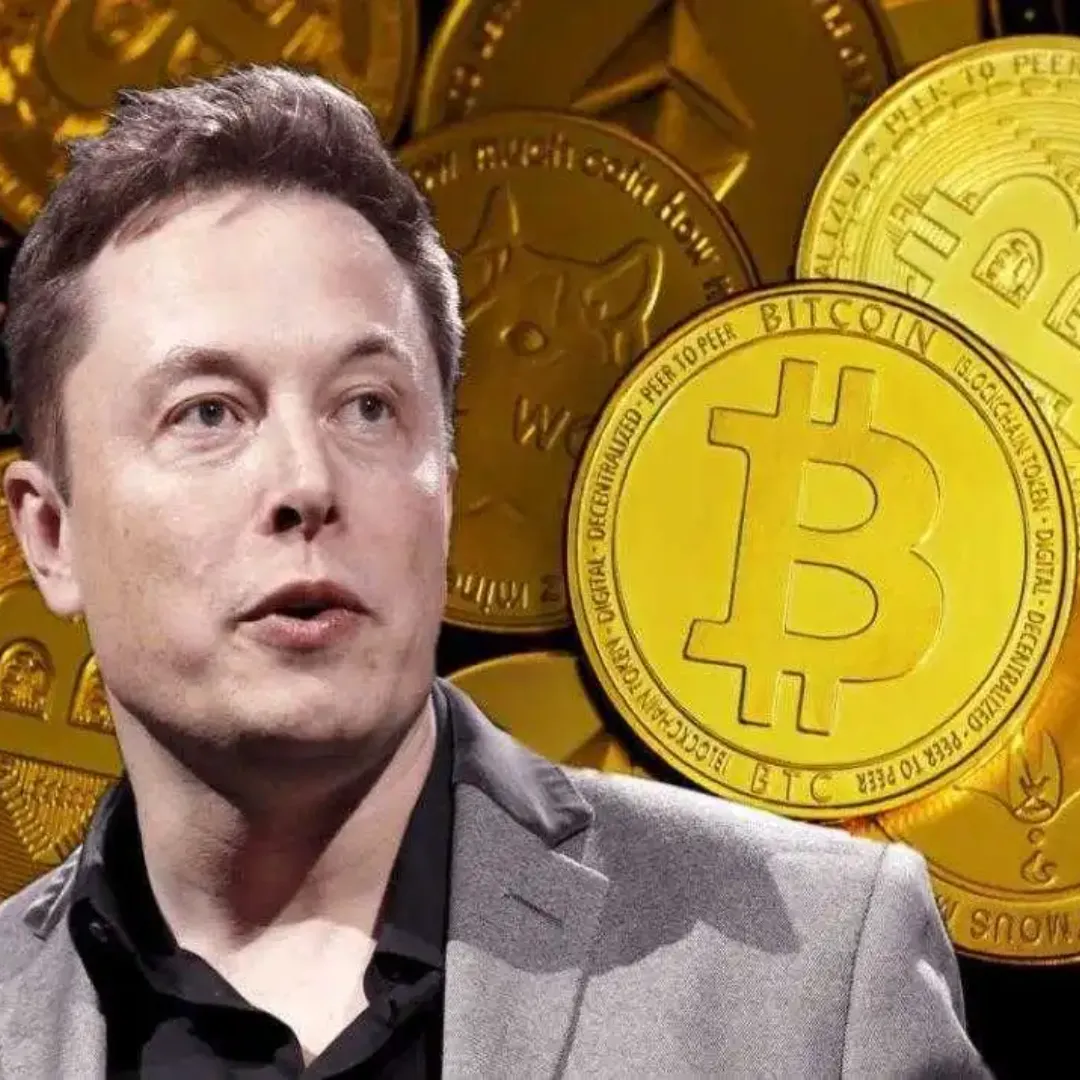
-1745393595-q80.webp)
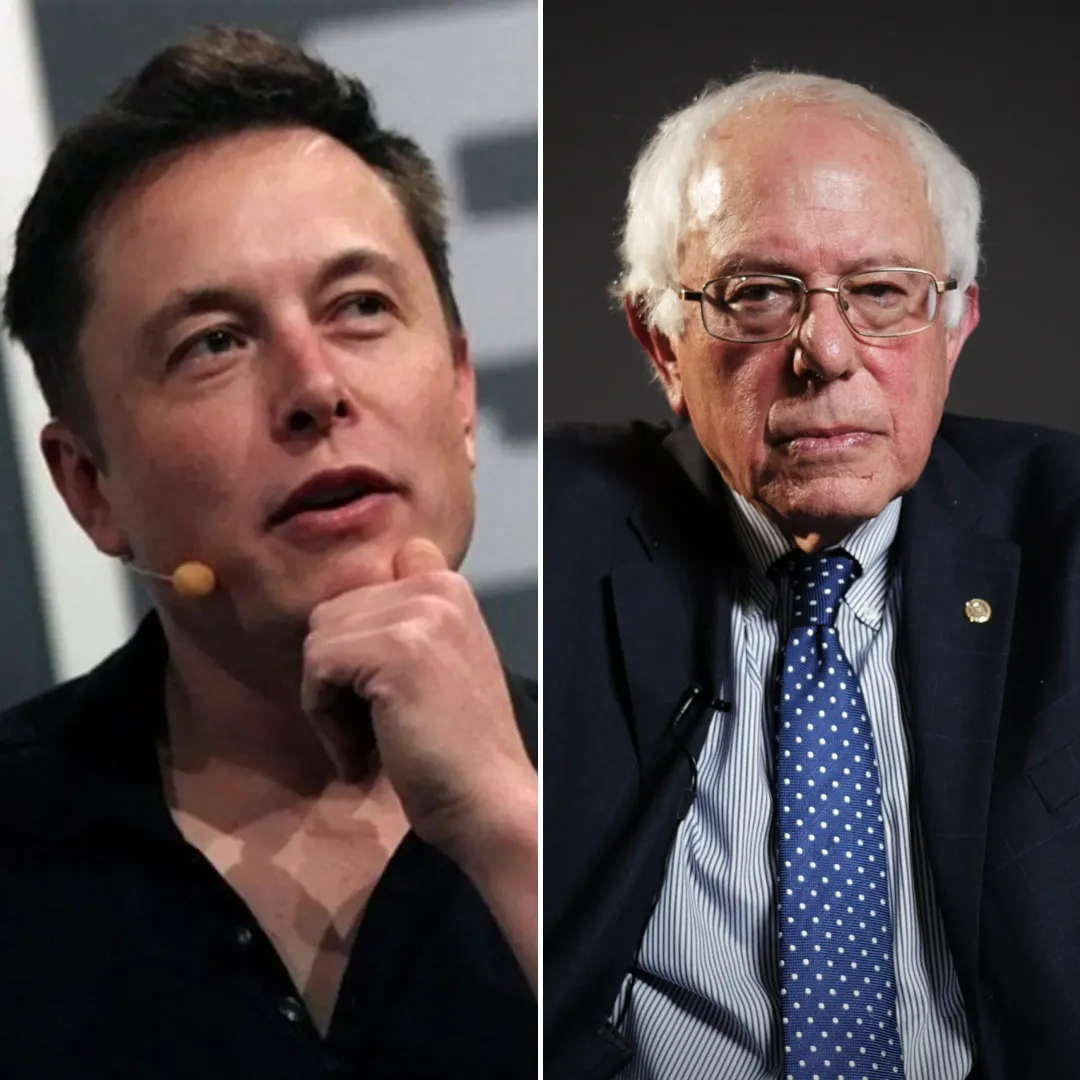
-1743735966-q80.webp)
